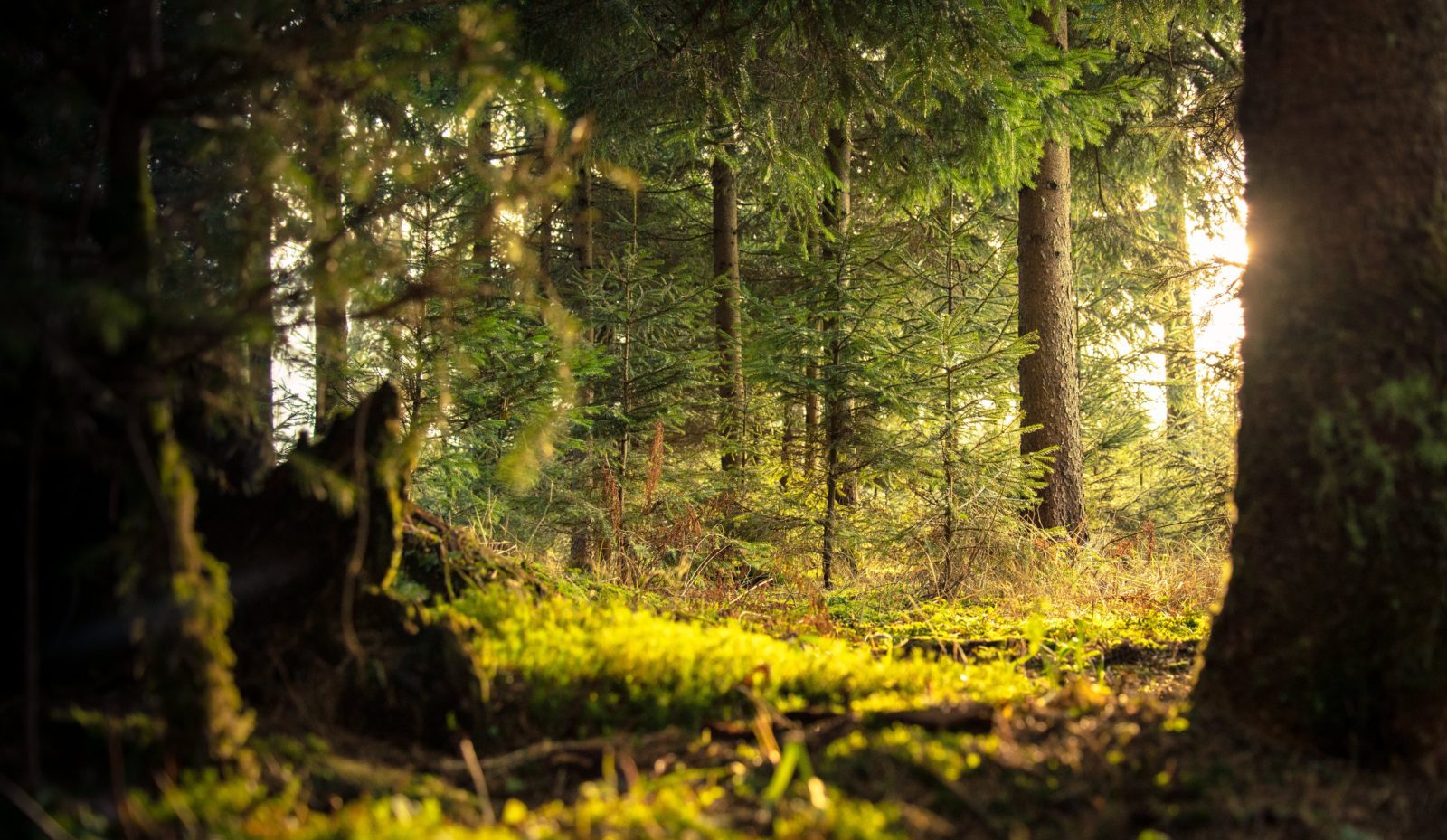In a surprising discovery, scientists from the Czech University of Life Sciences in Prague have found the oldest beech tree in the Czech Republic, growing in the Ore Mountains on the slope of Jánský Vrch near Horní Jiřetín in the Most region. The tree started its growth in the 16th century, during the reign of Ferdinand I of Habsburg, and it stands in a commercial forest under contract protection and non-intervention regime.
The discovery was a significant surprise for the Department of Forest Ecology scientists. “It is surprising that the oldest beech is growing in the Ore Mountains, where intensive forestry is practiced. Interestingly, this tree has survived just there. I would expect this, for example, in the Šumava, in the remnants of ancient forests,” said researcher Vojtěch Čada.
The tree’s age was determined by counting annual rings from a drill core, which revealed the tree to be at least 459 years old. However, the tree is even older than several years, possibly even decades, and it grew to a height of half a meter from where the drill core was taken. Despite its age, the tree is not particularly noticeable as it is similar in size to other, albeit younger, trees in its vicinity.
From the tree rings, scientists also determined the growth progress of the tree. For example, they revealed rapid growth in 1609, 1697, 1807, and several times later. In these years, the tree most likely thrived due to the fall or felling of trees around it.
The research also highlighted that the tree produced the most wood at the beginning of the 20th century, at the venerable age of at least 360 years. The amount of timber created also corresponds to the amount of carbon dioxide the tree absorbs from the air and then stores carbon in the wood.
The discovery of the oldest beech in the Ore Mountains underlines the region’s importance in nature conservation and historical heritage. However, the efforts to cut down the most aged local stands continue from almost all owners. The tree stands in a commercial forest, and if contractual protection, for which Greenpeace ran a campaign, was not in place, it could be cut down. According to Greenpeace, the area needs permanent protection, which could be ensured by declaring the planned Protected Landscape Area (PLA) Ore Mountains with a sufficient range of non-intervention and strictly protected zones.





